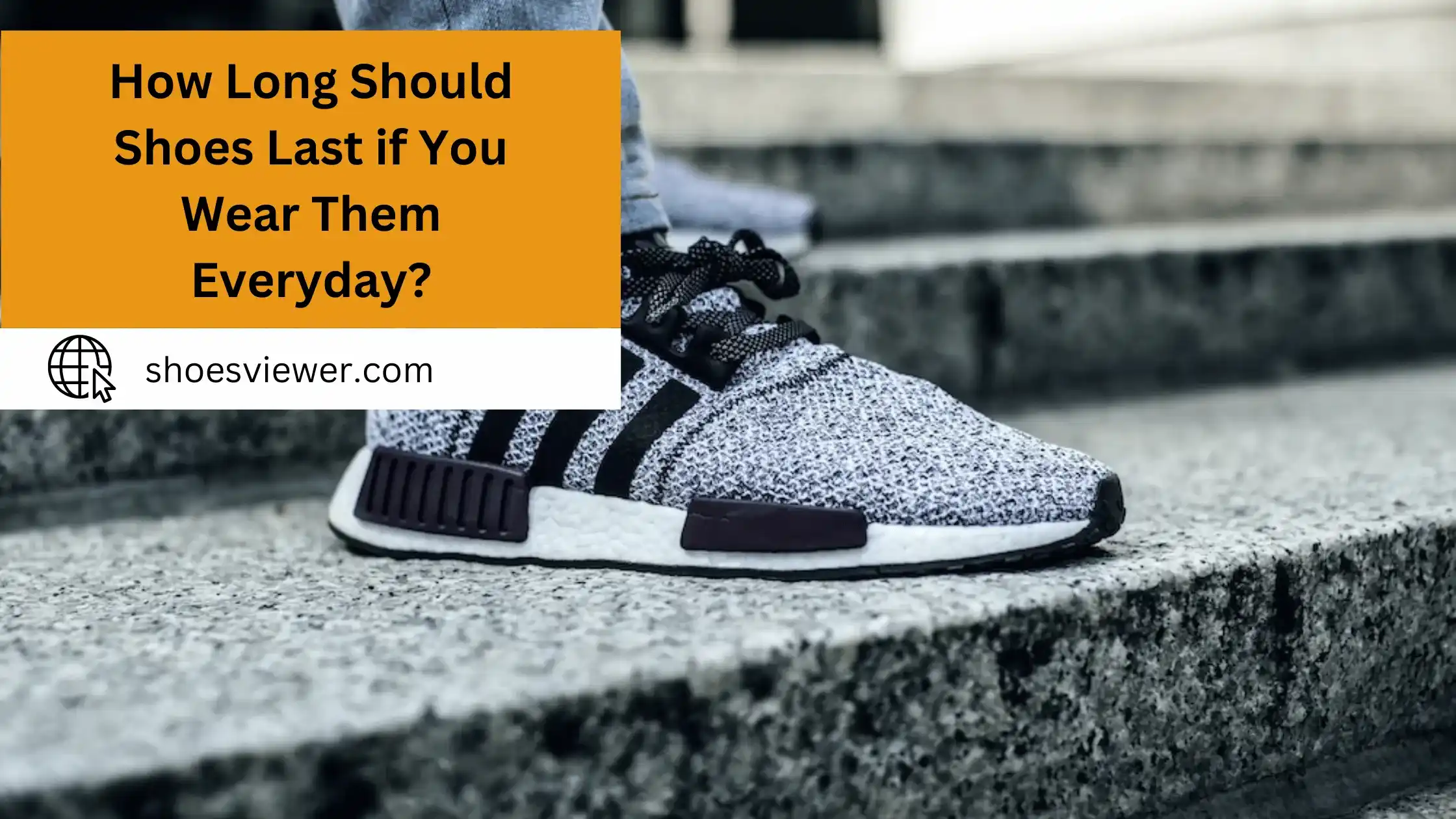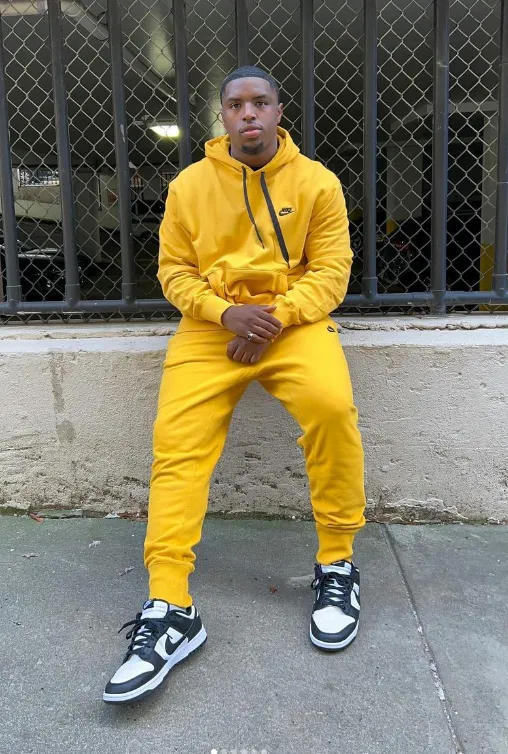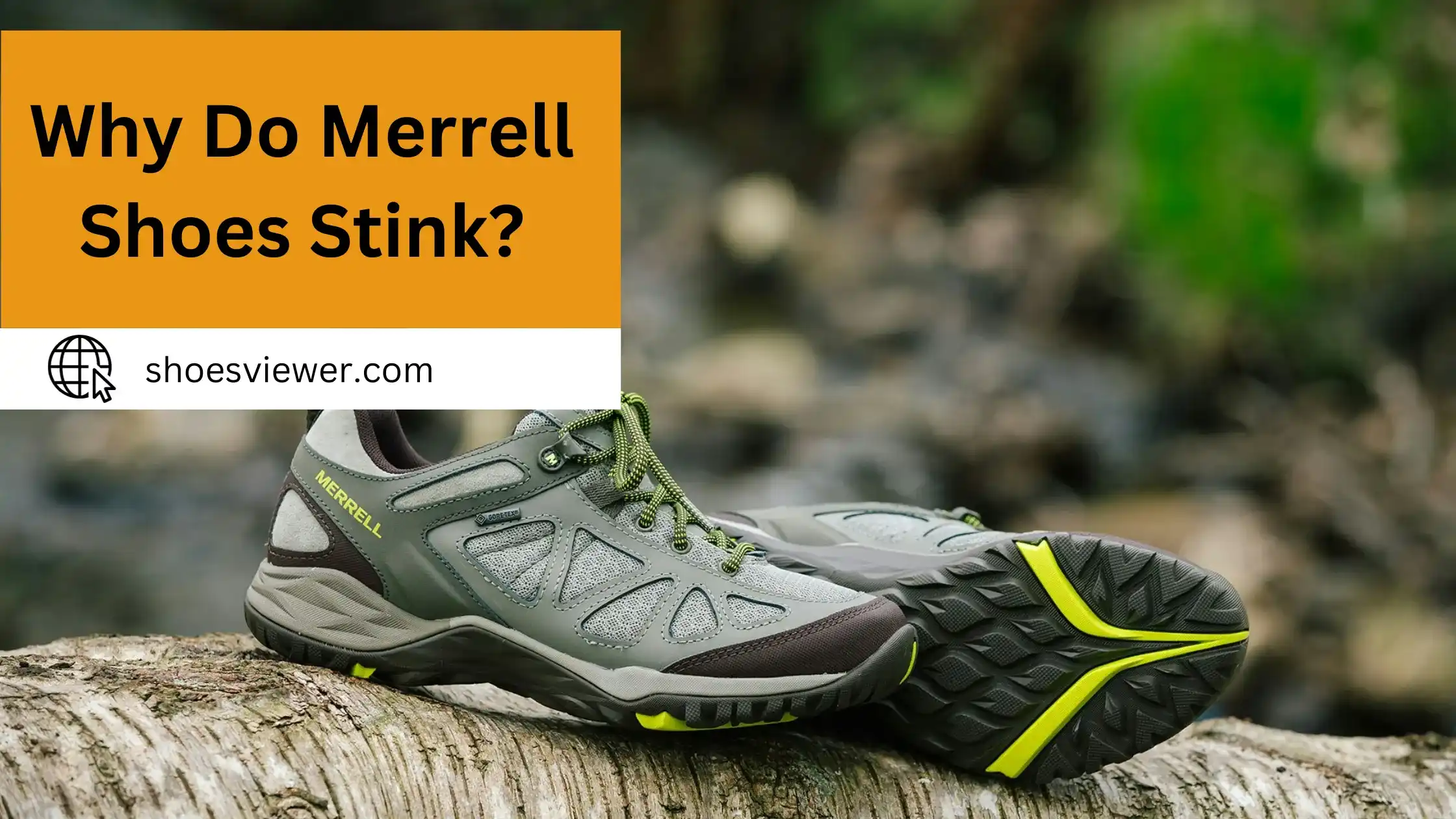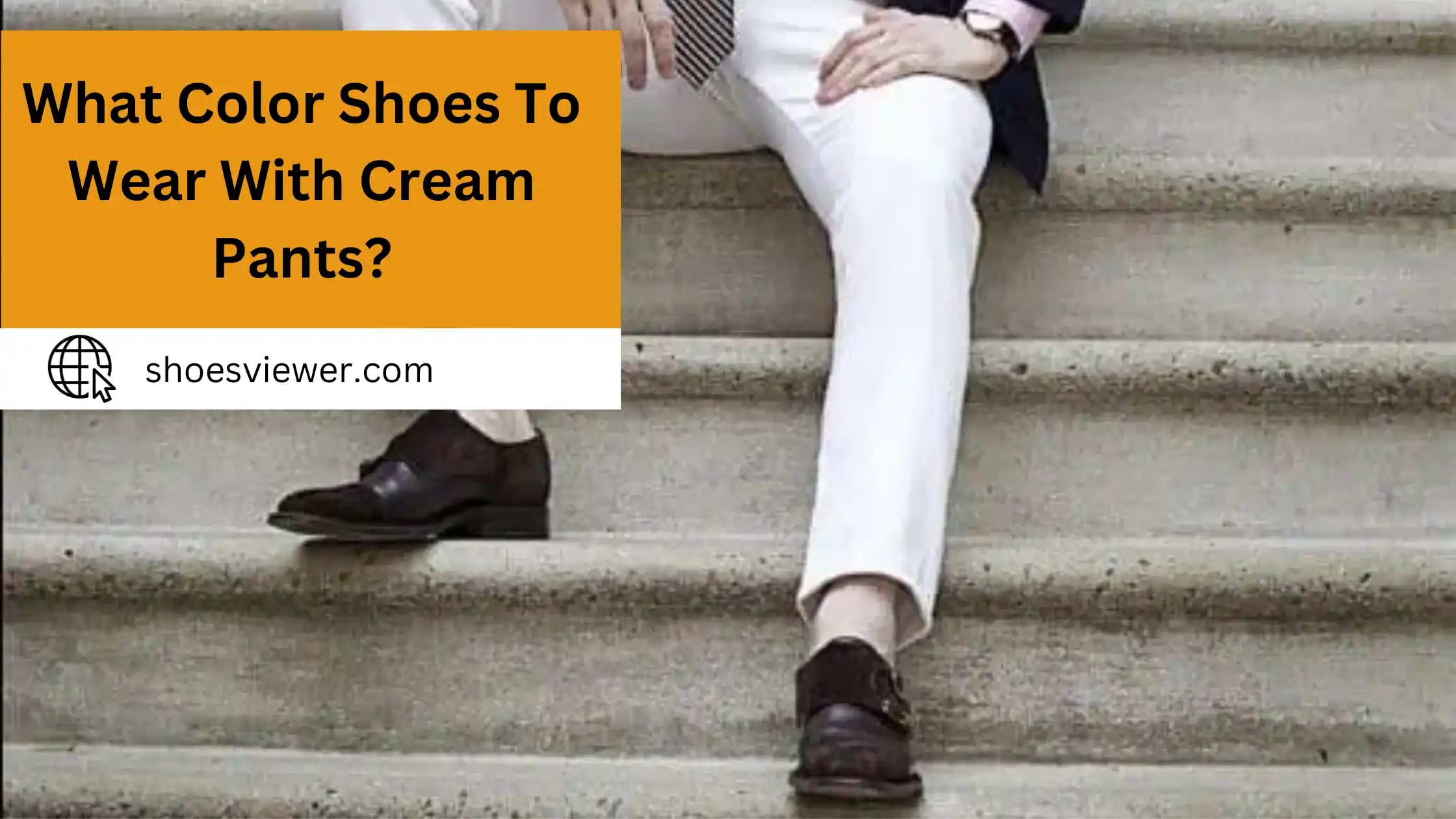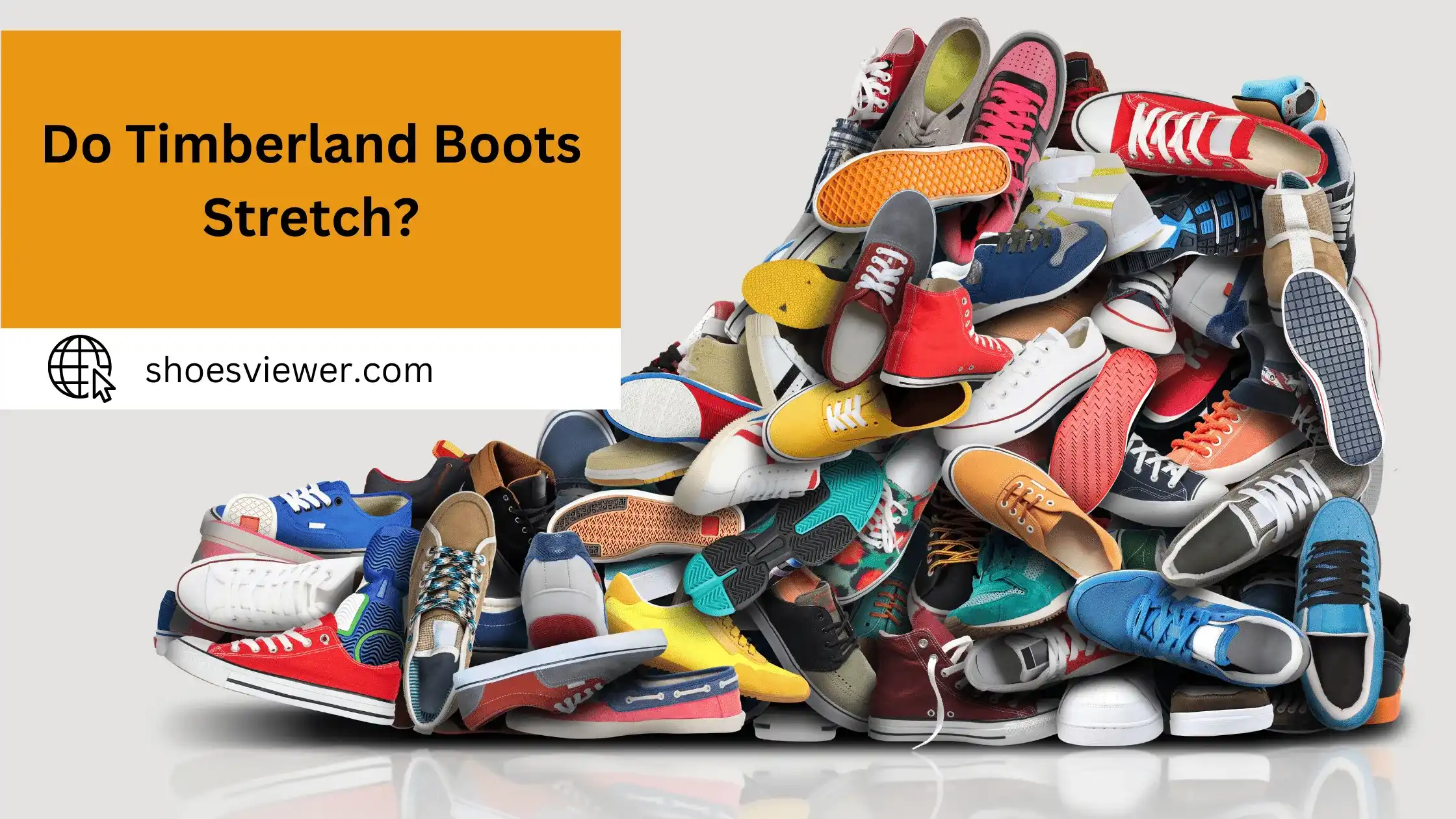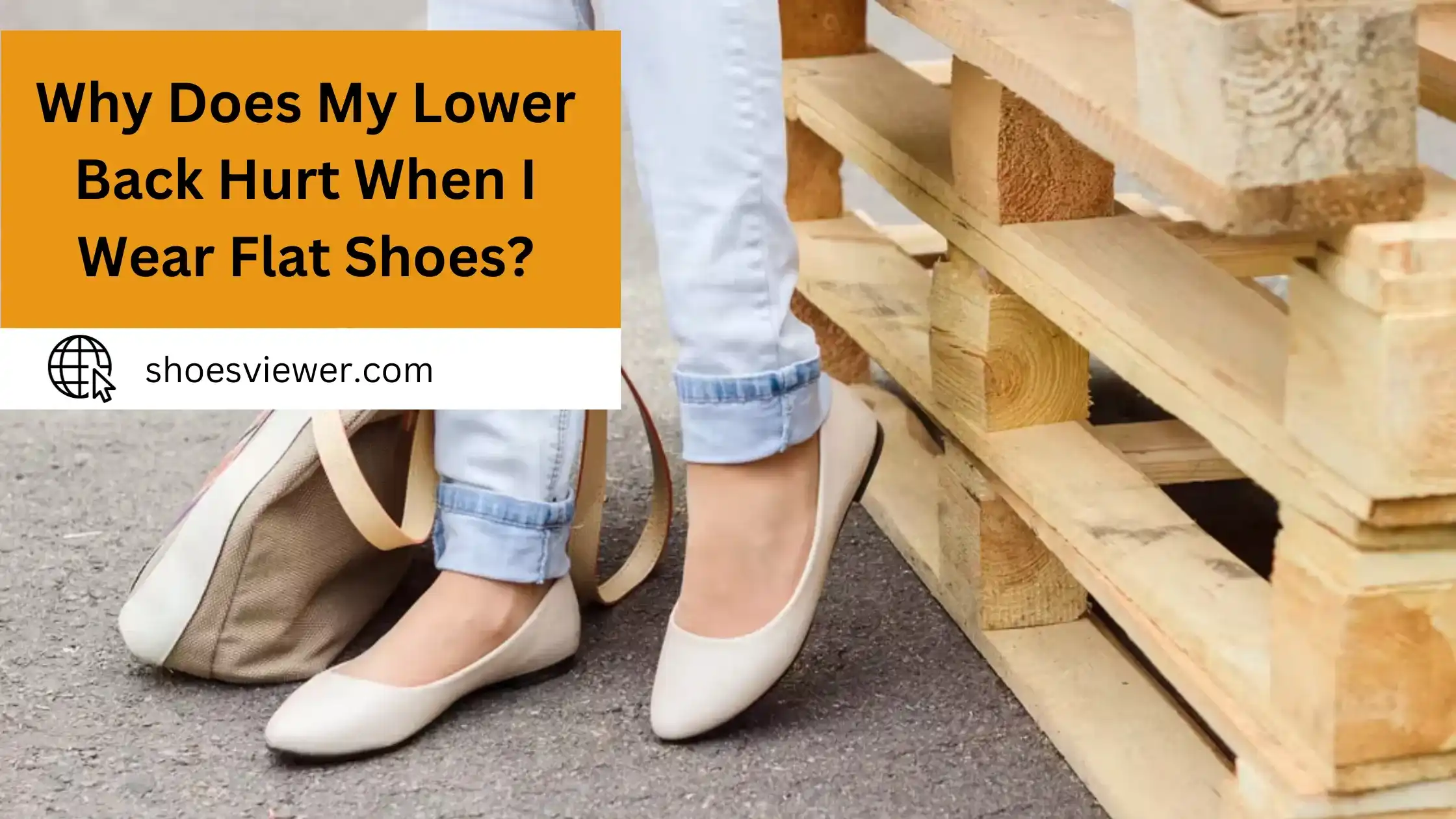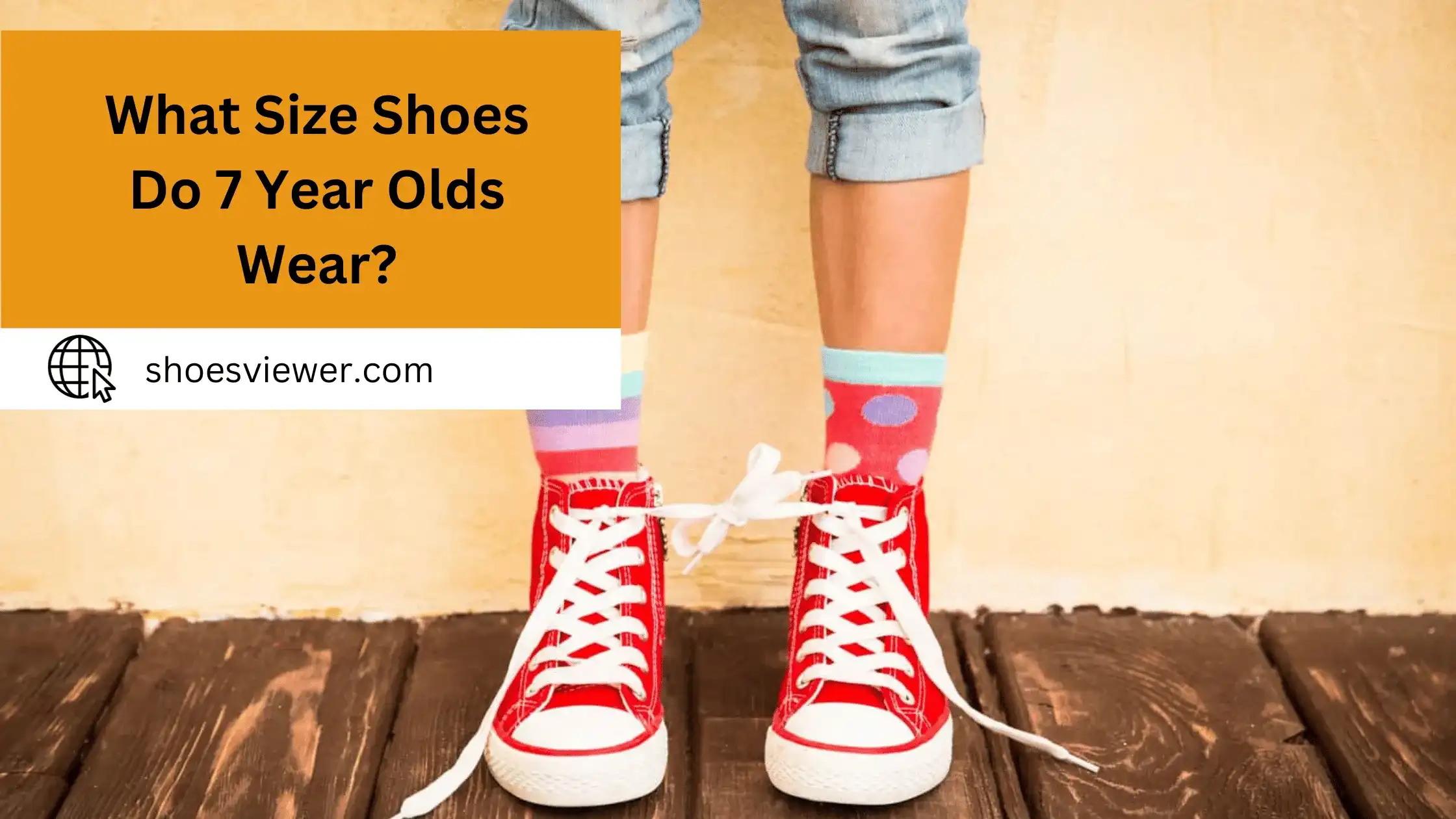Understanding the lifespan of our everyday shoes is crucial for budgeting, foot health, and comfort. Like any other wearable item, shoes are subject to wear and tear, mainly if worn daily. After encountering issues with my shoes wearing out much more quickly than expected, I investigated how long we can expect our beloved soles to keep us walking in style.
Here, I will discuss how long your shoes might last depending on the type of shoe and frequency with which they’re taken on road trips around town (or anywhere else!). The boots last about 8-12 months. Now, let’s look into the factors that affect how long your daily shoes should ideally last and when it might be time for a new pair. So buckle up!
Material Matters: How Shoe Construction Impacts Durability?
Here’s an insight into how the construction and material of shoes affect their longevity:
Quality of Leather:
High-quality leather usually means longer-lasting shoes. Despite their age, I own a pair of leather dress shoes that have held up remarkably well. The leather has maintained its integrity, resisting cracks and creases far better than lower-quality alternatives.
Sole Material:
The material of the sole plays a crucial role in durability. For instance, rubber soles offer better longevity and resistance to wear compared to softer materials. My running shoes with rubber soles have endured countless miles and still provide excellent traction and support.
Stitching Quality:
How the shoe is stitched together can determine how well it withstands daily wear. I remember owning a pair of budget sneakers where the stitching unraveled after a few months, leading to the shoe falling apart.
Reinforcement in High-Wear Areas:
Shoes with additional reinforcement in high-wear areas like the toe and heel tend to last longer. I frequently use a pair of work boots with reinforced toe caps, which have effectively resisted wear from daily use.
Waterproofing Treatment:
Materials treated for water resistance can significantly extend a shoe’s life, especially in harsh weather conditions. I’ve seen this with my waterproof hiking boots that have survived numerous wet and muddy trails without damage.
Breathability and Moisture Management:
Shoes made with breathable materials designed for effective moisture management tend to maintain their condition better. My sports shoes, made with mesh uppers, have stayed in good shape due to their ability to dry quickly and not retain moisture.
Flexibility and Support Balance:
Shoes that strike a balance between flexibility and support can withstand wear better. My everyday sneakers are flexible enough to be comfortable but provide adequate support, which has helped maintain their structure.
Daily Wear and Tear- The Impact of Everyday Use on Shoes:
Here’s an insight into how daily wear and tear affects shoes based on my experiences and further research:
Sole Wear:
The soles of shoes bear the brunt of daily wear and tear. I’ve noticed that the tread on the soles of my walking shoes wears down over time, reducing their grip and making them less safe on slippery surfaces. This was particularly evident with a favorite pair of sneakers that became quite slick after a year of regular use.
Material Stretch and Creases:
Regular use can stretch and crease the material of shoes, especially leather. I had a pair of leather loafers that developed creases across the top, an expected outcome of the bending motion of walking. Although it altered their appearance, it didn’t necessarily compromise their functionality.
Insole Compression:
The insoles of shoes compress continuously, leading to reduced cushioning and support. This was a noticeable issue for me with a pair of running shoes. After about six months of daily jogging, the insoles had flattened considerably, impacting comfort and support.
Exterior Scuffs and Stains:
Daily activities inevitably lead to scuffs, stains, and general wear on the shoes' exterior. My work shoes often get scuffed at the toes, reminding me of the importance of regular cleaning and maintenance to keep them looking presentable.
Interior Wear:
The lining and interior fabric of shoes can wear down with everyday use, sometimes leading to holes or frayed areas. I experienced this with a pair of casual canvas shoes where the heel area inside the shoe wore through, revealing the more complex material beneath.
Odor Development:
Continuous wear can lead to moisture and bacteria buildup, resulting in odor. I combat this by using moisture-absorbing inserts and ensuring my shoes have time to air between wears.
Lacing and Eyelet Damage:
The act of tying and untying laces, along with the pressure exerted on eyelets, can lead to wear. I had to replace the laces of my hiking boots several times due to fraying caused by regular tightening and loosening.
What are the Factors to Consider Shoes' Lifespan?
I’ve understood that shoes' lifespan can vary greatly depending on several factors. Based on my experience and additional research, here’s what I’ve learned about how long shoes should last if worn every day:
Type of Shoes:
The durability of shoes largely depends on their type. Like running sneakers, athletic shoes typically last around 300-500 miles. I once had a pair of running shoes that I wore daily for exercise and casual use, and they lasted about six months before I noticed a significant decrease in cushioning and support.
Usage and Care:
How the shoes are used and cared for is crucial in their lifespan. I clean and maintain my shoes regularly, which helps prolong their life. For instance, using a shoe protector spray on my suede shoes has kept them in good condition despite frequent use.
Rotating Shoes:
Constantly wearing the same pair of shoes can wear them out more quickly. I rotate between different pairs to give each some rest time, which helps in extending their overall lifespan.
Personal Gait and Footwear Care:
Individual walking style and how one cares for one’s shoes also play a role. I realized that my walking pattern wore down one side of my boots faster, so I started using custom insoles to distribute my weight more evenly, which helped extend their life.
Signs of Wear: When is it Time to Replace Your Everyday Shoes?
Over the years, wearing various shoes for daily activities, I’ve learned to recognize the signs that indicate when it’s time to replace them. Here are key signs that I look for:
- If the sole is worn down more on one side, it can affect your posture and lead to discomfort. I noticed this with a pair of daily sneakers; the uneven wear led to slight ankle pain, indicating it was time for a new pair.
- Deep creases on the upper part of shoes, especially leather ones, suggest the material is losing its integrity. My dress shoes developed noticeable creases on the top, diminishing their appearance and comfort.
- If the lining or insole inside the shoe is worn out or torn, it can cause discomfort and foot problems. I had to replace my running shoes when the heel lining wore through, causing blisters.
- Shoes with loose or unraveling stitching are likely to fall apart soon. I’ve had casual shoes falling at the seams, a sign they needed replacing.
- Shoes that retain a permanent odor despite cleaning efforts are due for replacement. I’ve experienced this with gym shoes; despite all cleaning attempts, the persistent odor was a sign to get new ones.
- When shoes no longer provide tIt’s time for a new pair when necessary support or become uncomfortable, it’s time for a new pair. My causing foot fatigue, a clear indicator they were worn out.
- Any visible damage, like holes or tears, is an obvious sign. I had a pair of canvas shoes that developed a hole at the toe, which was my cue to replace them.
Recognizing these signs has helped me maintain foot health and comfort by replacing my shoes promptly.
Conclusion:
As you can see, shoe durability depends on many factors, including how you treat them and their environmental conditions. I learned that if I take care of my shoes properly and buy good quality ones, my shoes will withstand a lot of wear and tear and still last me a while even with wearing them every day. I’ve also found it helpful to try exploring different types of shoes, such as leather, rubber, or cotton-based materials, to see what works best for me. It has been an exciting journey to learn more about how to make sure my shoes last longer, but it was quickly made clear just how vital shoe maintenance is for keeping them intact for the longest time possible.
